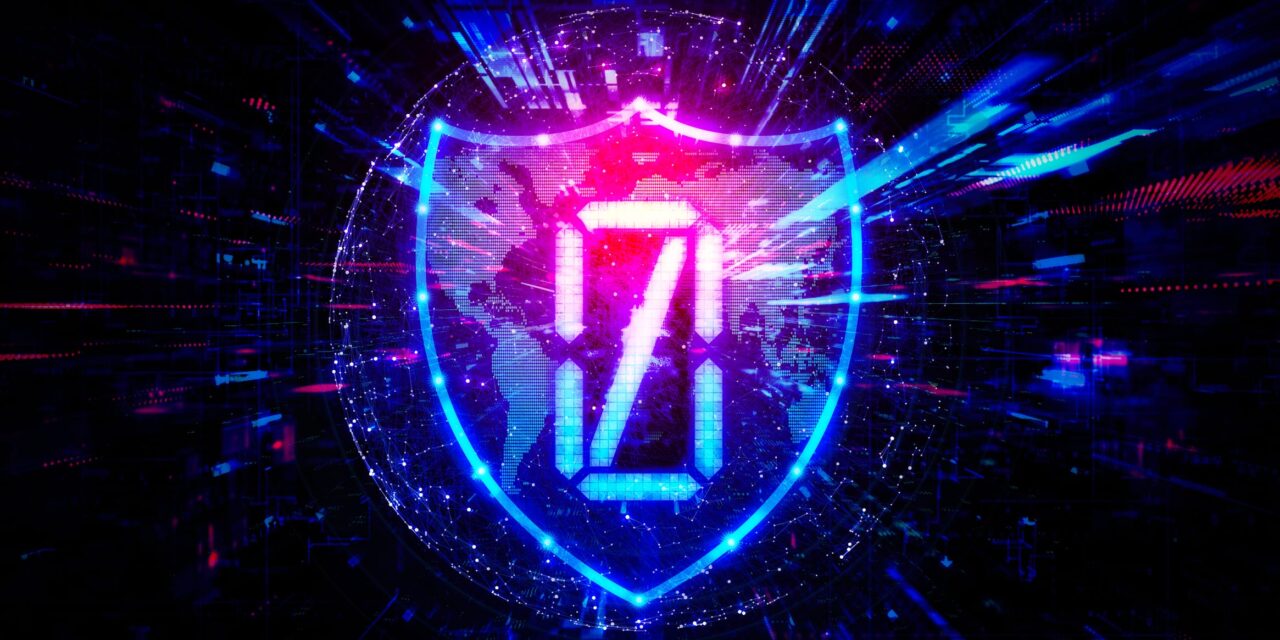While Zero Trust frameworks with AI-driven threat detection are gaining traction among federal agencies, they also offer valuable lessons for HTM.
By Dan Coleman, general manager, federal civilian at Microsoft
With cyber threats escalating in both frequency and sophistication, the urgency for federal agencies to modernize their cybersecurity strategies has never been greater.
Traditional perimeter-based defenses are no longer sufficient to counter today’s evolving threat landscape. To better protect critical systems and sensitive data, agencies are increasingly adopting Zero Trust frameworks, augmented by artificial intelligence (AI)-driven threat detection, to create more adaptive, resilient security infrastructures.
This shift reflects a larger trend across the public sector: moving from static, siloed security models to proactive, intelligence-driven systems capable of real-time risk mitigation. These advances support not only threat prevention but also improve compliance with evolving federal cybersecurity mandates.
While these cybersecurity strategies are gaining traction among federal agencies, they also offer valuable lessons for HTM professionals managing medical device networks and hospital IT systems.
Why Zero Trust Now?
Zero Trust is based on a fundamental shift in philosophy: Assume no user or system is inherently trustworthy. Instead, access is granted based on continuous verification of identity, device health, and context. This approach helps reduce attack surfaces and mitigates the risk of insider threats, credential misuse, and lateral movement by malicious actors.
By implementing Zero Trust principles across identity management, network activity, and device access, federal agencies can better safeguard against both known and emerging threats. These practices significantly reduce vulnerabilities and enhance agencies’ ability to enforce consistent security policies.
AI’s Role in Real-Time Threat Detection
The integration of AI into cybersecurity operations allows agencies to analyze large volumes of telemetry data and act on threats as they arise. AI-powered analytics can detect suspicious behavior, correlate signals across platforms, and prioritize critical risks—often faster and more accurately than manual processes.
Proactive threat detection not only enhances protection but also enables automated response and remediation. This reduces incident response times and limits potential damage from breaches. AI can also support regular audits by identifying vulnerabilities and confirming adherence to evolving federal security standards.
Moving from Fragmentation to Integration
Many agencies continue to manage cybersecurity through a patchwork of siloed point solutions, each with its own interfaces, alerts, and limitations. This fragmentation leads to operational inefficiencies, higher costs, and security gaps. By consolidating vendors and adopting integrated platforms, agencies can streamline operations, gain unified visibility, and reduce complexity.
Vendor consolidation also provides financial benefits, with studies showing potential savings of up to 60 percent on security budgets. More importantly, it enables agencies to respond faster and more effectively across all layers of their IT environments, whether on-prem, cloud, or hybrid.
Addressing Technical Debt and Shadow IT
Decades of incremental technology deployment have left many federal agencies burdened with outdated systems and unmanaged shadow IT. These environments are difficult to secure and often incompatible with modern cybersecurity practices. Transitioning to scalable, security-first frameworks helps agencies address this technical debt and align their security posture with contemporary threats.
Zero Trust and AI-powered security systems offer the ability to modernize without disrupting essential services. They support continuous improvement, automation, and centralized policy enforcement, which are core attributes of a forward-looking federal cybersecurity strategy.
Practical Steps to Modernization
To advance cybersecurity modernization, federal agencies should consider these best practices:
- Adopt a Zero Trust Framework: Implement continuous verification of user identities, device status, and network activity. Access should be granted based on dynamic risk assessments, reducing exposure to both external and internal threats.
- Leverage AI-Driven Threat Detection: Deploy advanced analytics to process real-time telemetry data and identify potential threats. Automation accelerates detection, triage, and response for minimizing operational disruptions.
- Consolidate Security Vendors: Streamline fragmented systems by replacing them with integrated platforms that provide end-to-end visibility and consistent policy enforcement across all environments.
- Integrate Holistic Security Solutions: Unified systems consolidate threat intelligence and enable data-driven workflows. This reduces alert fatigue, improves incident response, and strengthens overall resilience.
- Foster Public-Private Collaboration: Partner with technology providers who offer scalable platforms aligned with federal security requirements. These collaborations ensure access to cutting-edge tools, regular updates, and industry best practices.
Looking Ahead
Federal cybersecurity is no longer just about protection. It’s about adaptability, efficiency, and trust. In an environment where cyber risks are constantly evolving, integrated and intelligent security architectures provide agencies with the visibility and speed needed to stay ahead.
By implementing Zero Trust principles, embracing AI, and consolidating fragmented systems, agencies can reduce risk, modernize operations, and ensure the security of essential services, while building a more secure digital future for the public they serve.
About the Author: As general manager federal civilian at Microsoft, Dan Coleman is responsible for the strategic positioning and successful delivery of cloud and enterprise services to Microsoft’s public sector customers.





